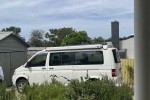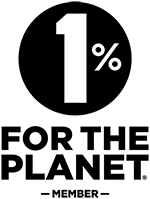Navigating education in Australia

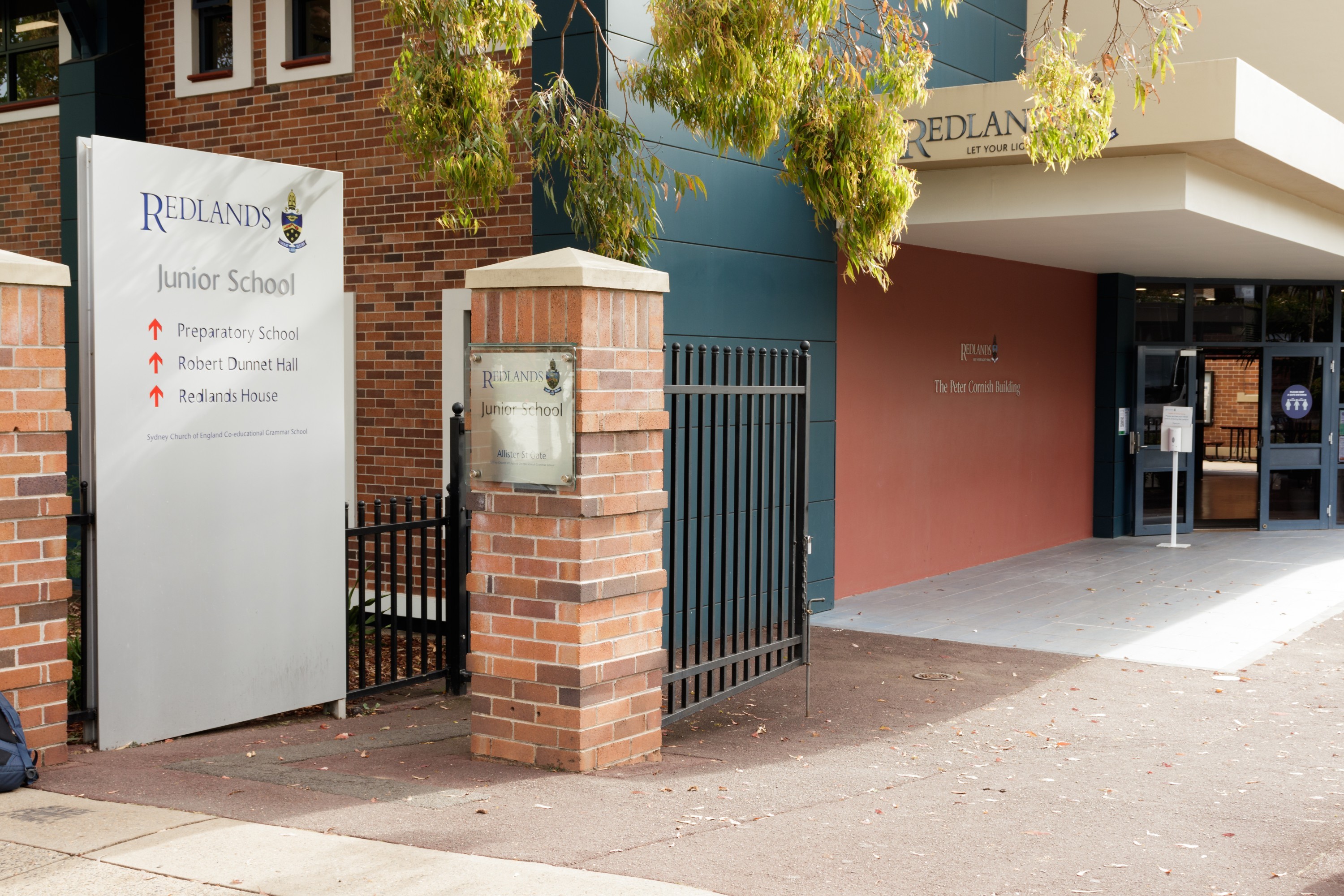
The Australian education system continues to rank among the most highly regarded globally, with a strong showing in the latest QS rankings, about 25% of its universities are in the world’s top 100, including a couple in the top 20. Meanwhile, Australia remains a highly popular study destination, with international student enrolments nearing 800,000 in 2023.
With four core levels of education on offer including primary, secondary, senior secondary and tertiary, there’s a learning option for every age group.
We’re diving into all of this and more.
The 4 stages of education in Australia
The Australian school system overview:
Kindergarten / preparatory / preschool
Pre school is the first step into the education system in Australia. Roughly 87% of all children aged 4, and 22% of all children aged 5 participate in preschool programs.
In 2024, approximately 90 % of all children aged 4 and 22 % of all children aged 5 participated in preschool programs across Australia.
Primary & secondary
Primary and secondary education runs for a total of about 12 years and is compulsory for all children between the ages of 6 and 16.
Tertiary education
Post-secondary education is known as tertiary education. Tertiary education includes higher education and vocational education and training (VET) which are available at university and non-university institutes.
While not compulsory, tertiary education remains a common pathway into employment for Australians. In 2023, around 73% of people aged 25–34 held a qualification at Certificate III level or above, according to the ABS, with OECD data showing just over half of this age group holding a tertiary qualification.
In 2023, around 73% of people aged 25–34 held a qualification at Certificate III level or above.
National curriculum and assessment
Australia has a National Curriculum for schools to ensure all children receive similar learning outcomes nationwide.
This includes an annual assessment for students in Years 3, 5, 7 and 9 known as the National Assessment Program – Literacy and Numeracy (NAPLAN).
Since 2023, NAPLAN results have been reported using four proficiency levels: Exceeding, Strong, Developing, and Needs Additional Support. The assessments cover four key areas:
As of 2025, about 66% of Australian students are performing at the Strong or Exceeding levels in literacy and numeracy, while about 10% remain in the Needs Additional Support category.
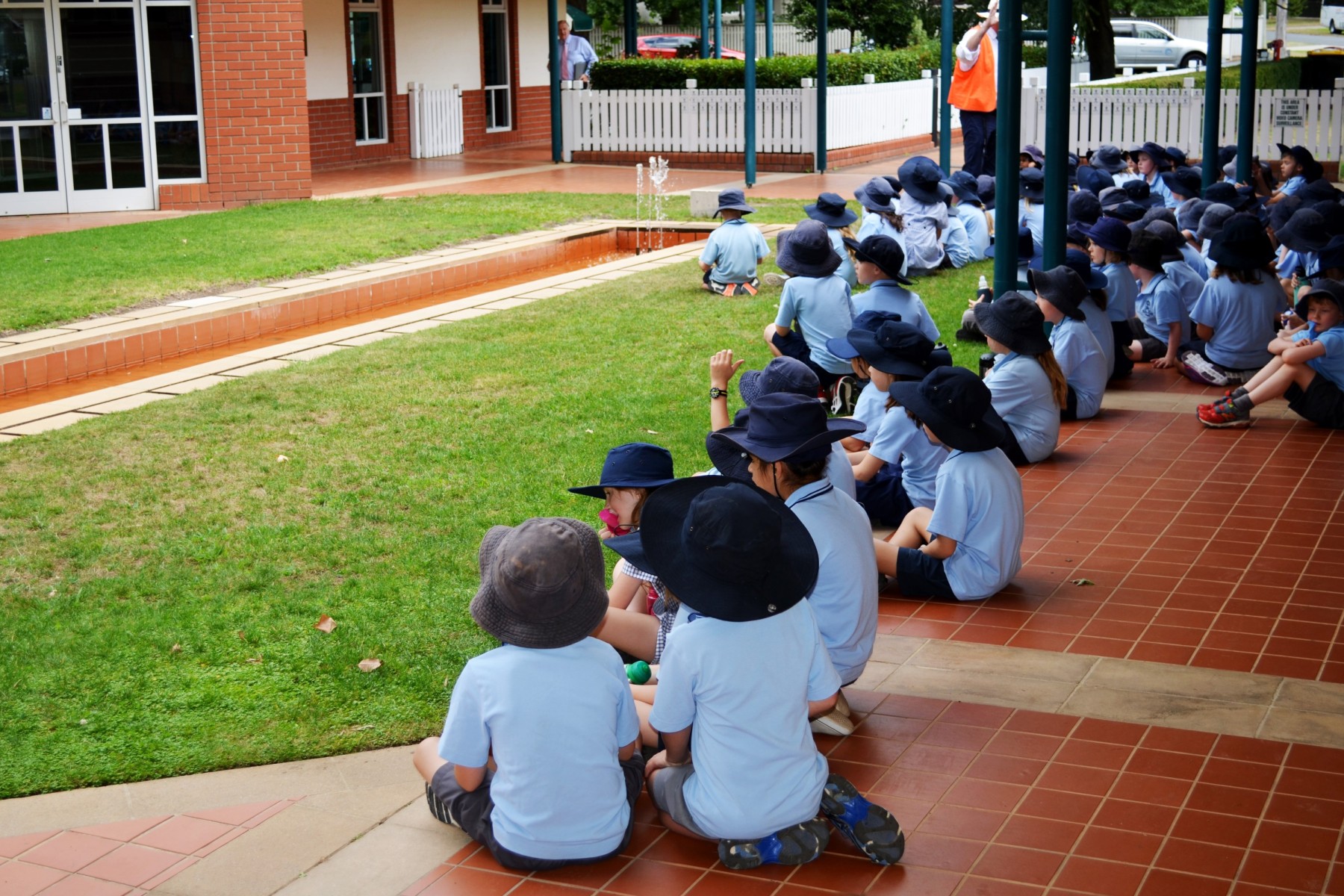
Attendance and participation
In Australia in 2024:
- 4,132,006 students were enrolled across 9,653 schools.
- The Year 7/8 to Year 12 full-time apparent retention rate was 79.9%.
- The average student-to-teaching staff ratio for all schools was 12.9 students per teacher.
Among people aged 20–24 years:
- 89.6% had attained a qualification at Year 12 or Certificate III level or above.
- 93.0% of women held qualifications at this level, compared with 87.4% of men.
- In all states and territories, attainment at this level was 87% or higher.
Public vs private education
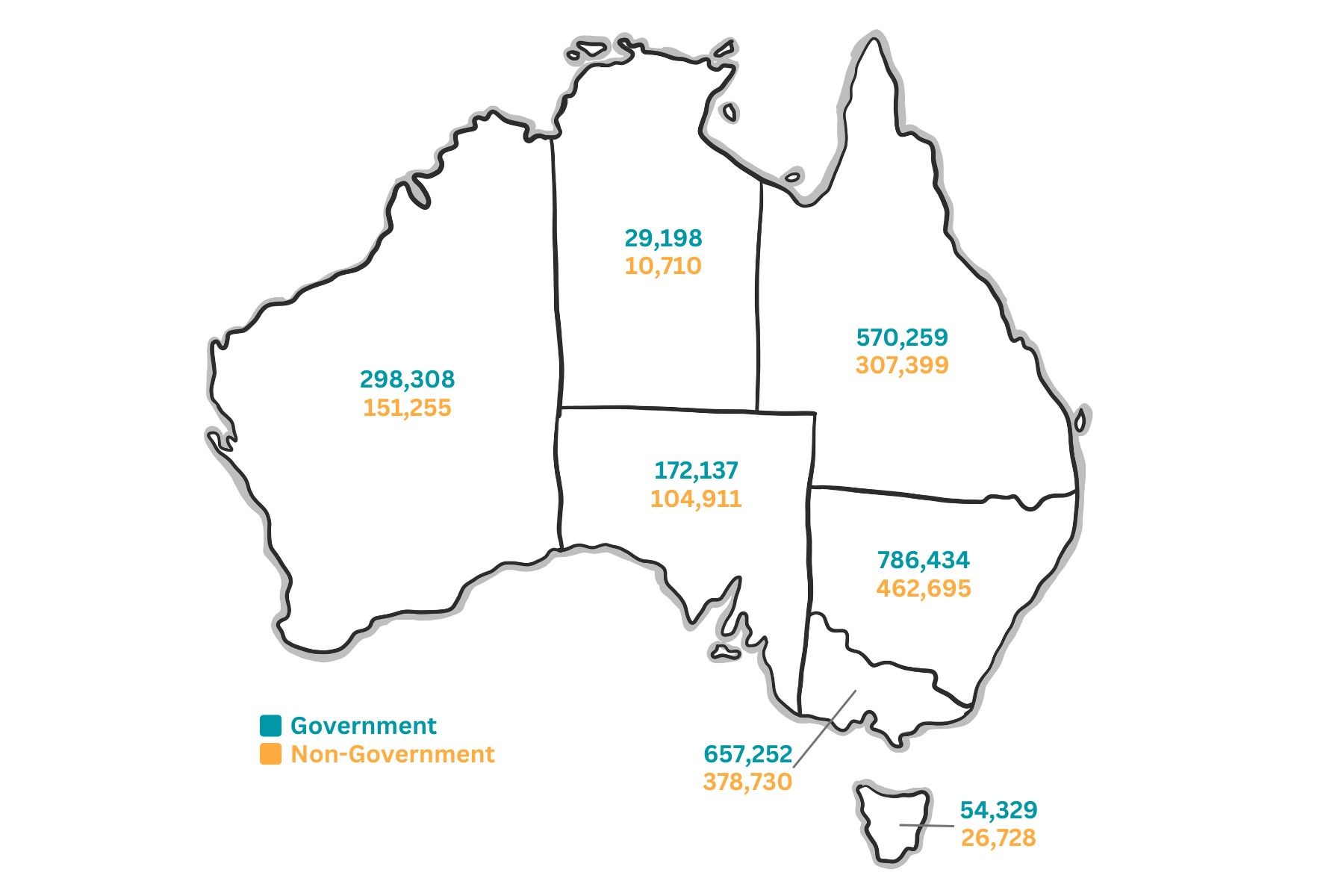
Compared to many other countries, Australia’s school system leans heavily towards private education. In 2024, just over 63% of students attended government schools, while almost two in five were in the non-government sector, split between Catholic schools (about one in five students) and independent schools (roughly one in six).
Over the past five years, independent schools have seen the fastest growth, with enrolments climbing by nearly 19%. Catholic schools grew more modestly at just under 7%, while government school numbers rose by around 1% in the same period.
Higher education tells a different story. Here, public institutions dominate, with the vast majority of university students, more than nine in ten, enrolled in public universities.
Primary and secondary school fees
School fees in Australia range widely, depending on the type of school and where you live. At the lower end, parents at public primary schools might pay as little as $162 a year in voluntary contributions, while at the other extreme, independent secondary schools can cost up to $15,000 a year in tuition alone.
The ACT tops the list for private primary school costs, with parents paying an average of $9,000 per student each year. For private secondary schooling, New South Wales takes the crown, averaging $15,000 annually—about $4,000 more than the typical cost in Victoria.
Even in the public system, costs vary. South Australia stands out as the most expensive state for government schooling, with average voluntary contributions of $450 a year at the primary level and $1,020 a year for secondary students.
University fees
Tuition fees and the cost of studying in Australia will vary depending on:
Study Australia lists the average costs as follows:
| Education Type | Average Tuition |
| English language course | Around $300-$500 per week |
| Vocational Education and Training | $4,000 - $22,000 per year |
| Foundation courses | $15,000 - $35,000 total |
| Bachelor Degree | $20,000 - $50,000 per year |
| Master's Degree | $22,000 - $55,000 per year |
| Doctoral Degree | $20,000 - $50,000 per year |
| MBA | $30,000 - $125,000 per year |
The Australian academic year
One of the most notable differences between the education system in Australia and those in the northern hemisphere is the academic year.
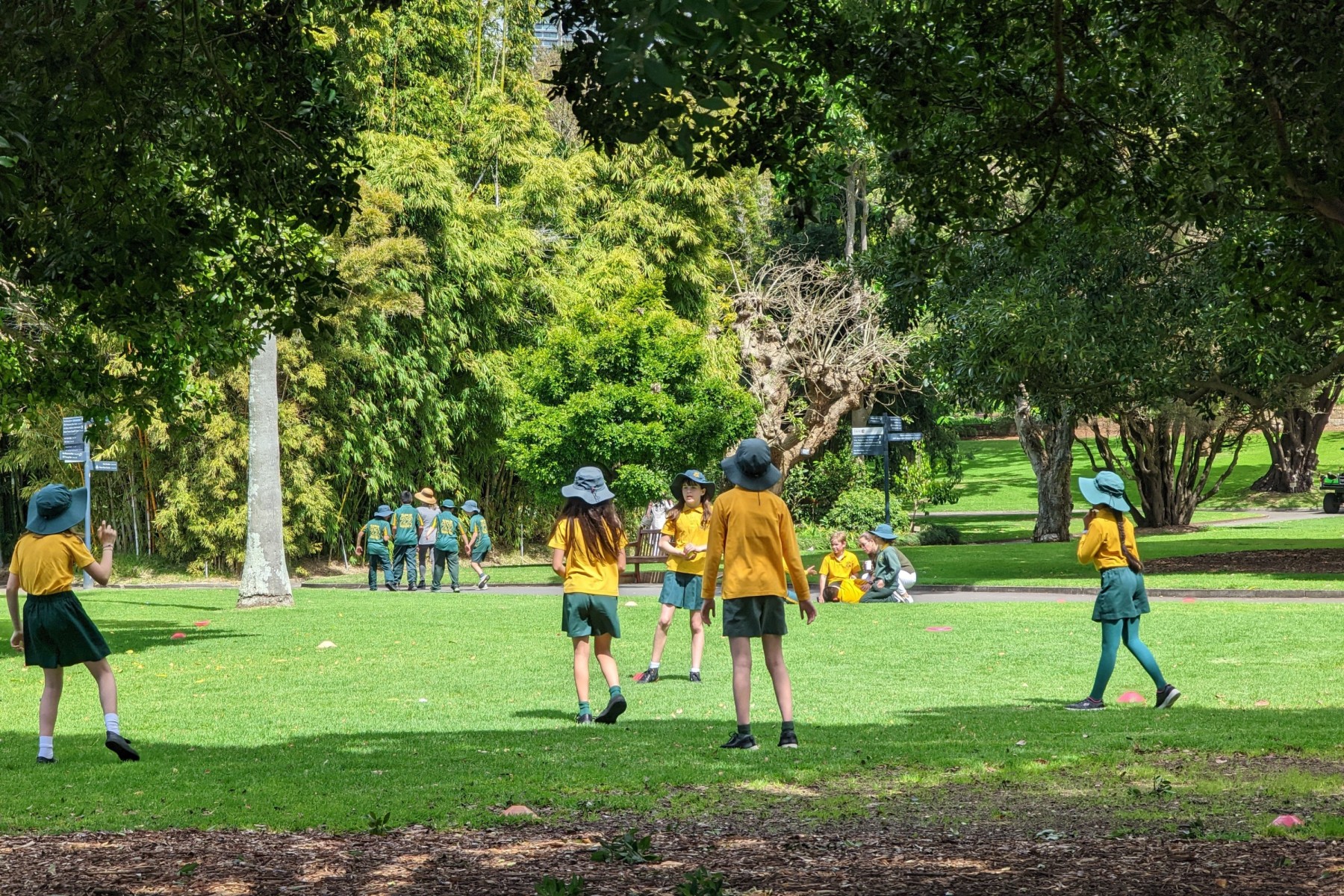
Schools
Schools start in late January/early February (depending on the state or territory) and end in December, for the summer break.
Generally speaking there are four terms, three that have a 2-3 week break between the first three terms, ending the year with a 6 week break over Christmas and New Year.
Attendance at school is Monday through to Friday each week with typical school hours running between 8:30am and 3:30pm.
University / VET
The university teaching year is split into three semesters:
The Summer semester is usually optional.
The best primary school in Australia is Sydney Grammar School in Darlinghurst while James Ruse Agricultural High School in Carlingford continues to lead in national NAPLAN rankings.
The best schools in Australia
There are close to 10,000 schools in Australia including a mix of private and public primary and secondary schools.
The best primary school in the country according to Better Education is Sydney Grammar School in Darlinghurst while the best secondary school is James Ruse Agricultural High School in Carlingford.
The schools in the study are rated based upon Maths, English and overall academic performance.
Best primary schools in Australia
| School | Location | Sector |
| Sydney Grammar School | Darlinghurst | Non-government |
| St Aloysius’ College | Milsons Point, NSW | Non-government |
| Cranbrook School | Bellevue Hill, NSW | Non-government |
| Abbotsleigh | Wahroonga, NSW | Non-government |
| The King's School | North Parramatta, NSW | Non-government |
| St Leonard's School | Brighton East, VIC | Non-government |
| Haileybury College | Keysborough, VIC | Non-government |
| St Andrew's School | Walkerville, SA | Non-government |
| Loreto Kirribilli | Kirribilli, NSW | Non-government |
| St Hilda's Anglican School for Girls | Mosman Park, WA | Non-government |
Best secondary schools in Australia
| School | Location | Sector |
| James Ruse Agricultural High School | Carlingford | Government |
| North Sydney Boys High School | Sydney, NSW | Government |
| North Sydney Girls High School | Sydney, NSW | Government |
| Sydney Girls High School | Sydney, NSW | Government |
| Sydney Boys High School | Sydney, NSW | Government |
| Baulkham Hills High School | Baulkham Hills, NSW | Government |
| Perth Modern School | Subiaco, WA | Government |
| Hornsby Girls High School | Hornsby, NSW | Government |
| Normanhurst Boys High School | Normanhurst, NSW | Government |
| Girraween High School | Girraween, NSW | Government |
Best universities in Australia
Australia is home to over 40 universities, many of which are recognised globally for their courses, facilities, research and the subsequent opportunities they present to students. There are a number of different factors to consider when deciding which university is best for you. We’ve outlined the top universities in Australia based on the following categories: best all round university, most sustainable university, top university for climate action.
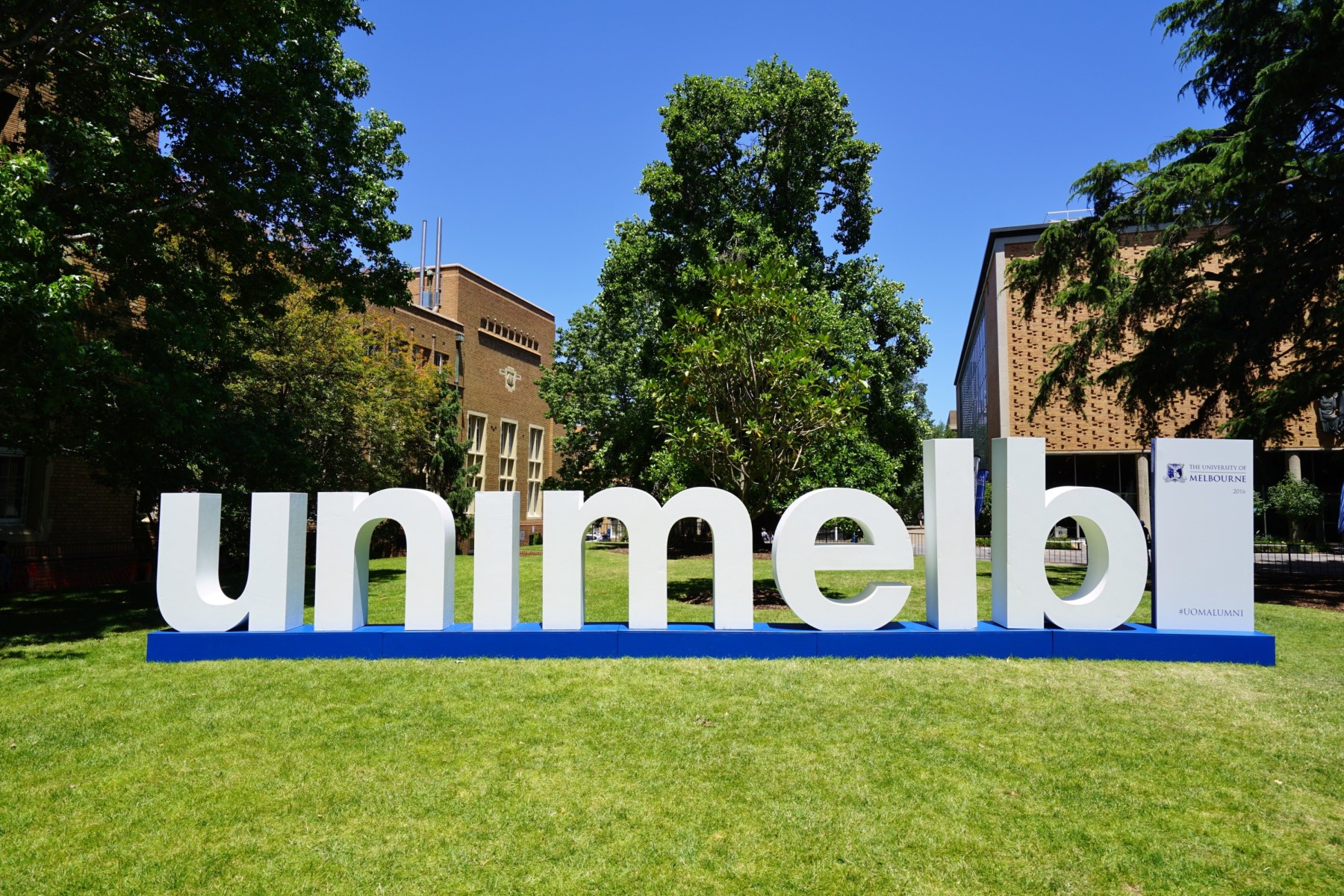
Best all-round university globally
The best university in Australia overall is the University of Melbourne according to the Times Higher Education’s World University Rankings 2025 (THE). The study looked at the teaching, research environment, research quality, industry, and international outlook at 2,198 universities across 112 countries. The below table shows Australian universities that were ranked in the study along with their global rankings.
| Australian Ranking | Global ranking | University | City | State/ territory |
| 1 | 37 | University of Melbourne | Melbourne | Victoria |
| 2 | 54 | Monash University | Melbourne | Victoria |
| 3 | 60 | University of Sydney | Sydney | NSW |
| 4 | 67 | Australian National University | Canberra | ACT |
| 5 | 70 | The University of Queensland | Brisbane | QLD |
| 6 | 84 | UNSW Sydney | Kensington | NSW |
| 7 | 111 | University of Adelaide | Adelaide | SA |
| 8 | 132 | The University of Western Australia | Perth | WA |
| 9 | 143 | University of Technology Sydney | Sydney | NSW |
| 10 | 168 | University of Canberra | Canberra | ACT |
Most sustainable university globally
Interestingly, in a separate study assessing universities against the United Nations’ Sustainable Development Goals (SDGs) Western Sydney University ranked in first place globally.
The study compared 1,938 universities from 118 countries and regions. It looked at four broad areas including: research, stewardship, outreach and teaching.
The below table shows Australian universities that were ranked in the study along with their global rankings.
| Australian Ranking | Global ranking | University | City | State/ territory |
| 1 | 1 | Western Sydney University | Melbourne | Victoria |
| 2 | = 2 | University of Tasmania | Tasmania | TAS |
| 3 | 3 | RMIT University | Melbourne | Victoria |
| 4 | 6 | UNSW Sydney | Sydney | NSW |
| 5 | = 13 | University of Technology Sydney | Sydney | NSW |
| 6 | 24 | Macquarie University | Sydney | NSW |
| 7 | 28 | Deakin University | Melbourne | Victoria |
| 8 | 30 | University of Newcastle | Newcastle | NSW |
| 9 | 36 | University of Adelaide | Adelaide | SA |
| 10 | 40 | Curtin University | Perth | WA |
Top university for climate action
When it comes to climate action it seems Australian Universities take the two top spots globally with University of Tasmania, UNSW Sydney and University of Victoria all receiving recognition in the Top Universities for Climate Action 2025 study.
The below table shows the top 5 Australian universities that were ranked in the study along with their global rankings.
| Australian Ranking | Global ranking | University | City | State/ territory |
| 1 | 1 | University of Tasmania | Tasmania | TAS |
| 2 | 2 | University of Newcastle | Newcastle | NSW |
| 2 | = 3 | UNSW Sydney | Sydney | NSW |
| 3 | 8 | Western Sydney University | Sydney | NSW |
| 4 | 10 | Griffith University | Brisbane | QLD |
Most popular tertiary courses in Australia
There are thousands of tertiary courses for students to choose from in Australia but a few disciplines stand out when it comes to overall popularity.
In a recent study analysing data from students enrolled in tertiary courses, the most popular tertiary courses were in the fields of:
The study also found that female students were more likely to study in the field of society and culture, and health while male students were more likely to study engineering and related technologies.
Australian Education Fast Facts
Australia is:
- Among the top 10 OECD countries for education and educational outcomes
- Among the top 10 globally for spending on education
- 6th in the world for the proportion of the population with a tertiary education
- One of the top three global destinations for international students
- 9th in the world for reading and science (15 year olds)
- 10th in the world for maths (15 year olds)
Australia also has:
Education in Australia FAQs
What is tertiary education in Australia?
Tertiary education is also known as higher education, third-level education or post-secondary education. It is simply a level of learning that follows the completion of secondary school. Tertiary education is delivered in universities, TAFE’s, Registered training organisations and colleges.
Is education free in Australia?
There are public primary and secondary schools that are free to attend. However private schools, universities, colleges and pre-schools are generally fee-paying.
What is secondary education in Australia?
Secondary school runs for 6 years on completion of primary education. It is compulsory until the age of 16 and covers a range of subjects in accordance with a national curriculum. Subjects include maths, science, history, languages, health, music, art and more.
What is the year 12 age in Australia?
The age of Year 12 students or ‘senior year’ students will ary on a number of factors including: the age they began their education, whether they repeated years, and the cut off of their birth date. Typically a graduating student in Year 12 will be 17 or 18 years old.
How many schools in Australia?
There are close to 10,000 schools in Australia.
What do our customers say?

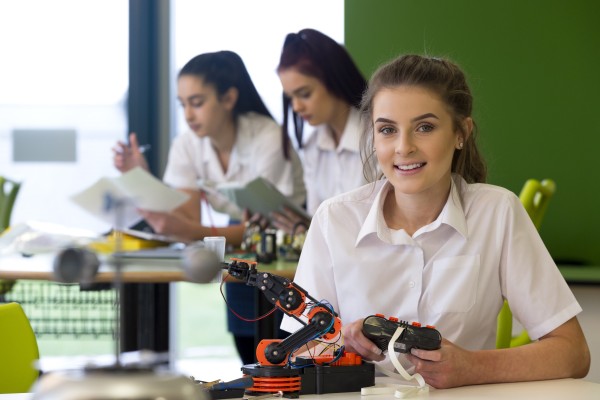
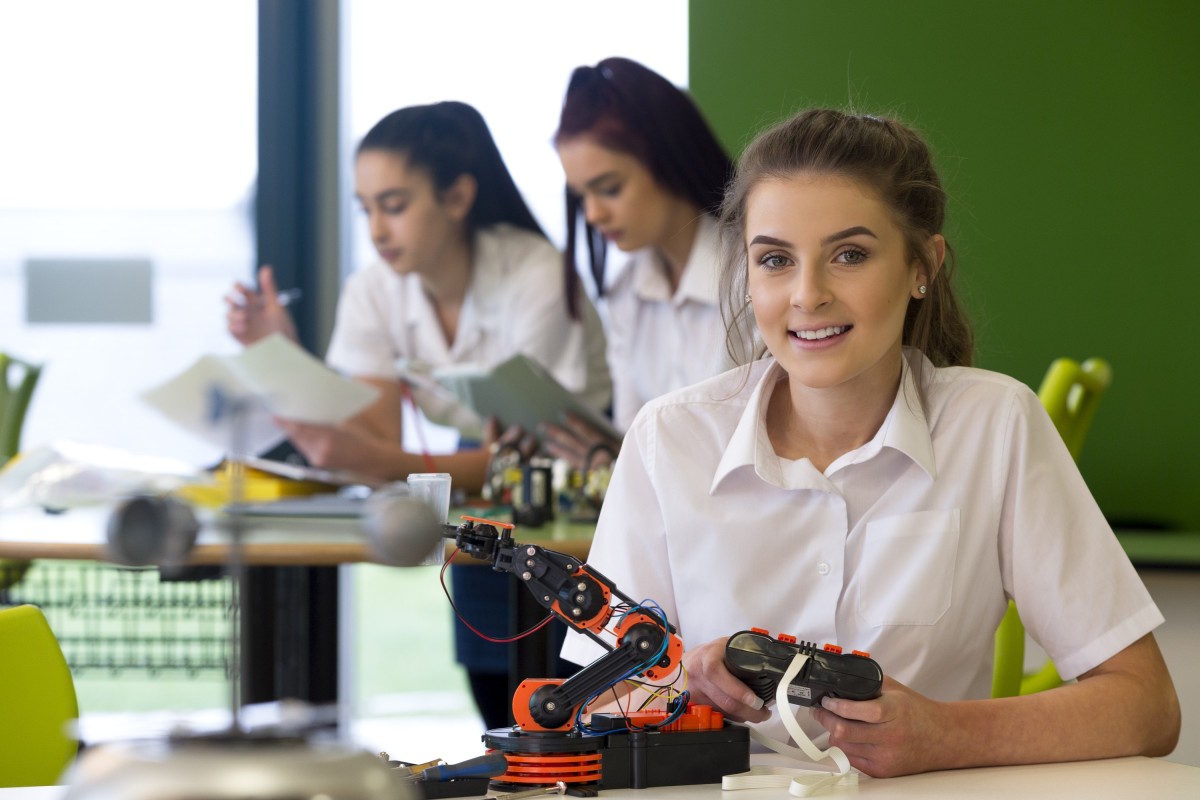
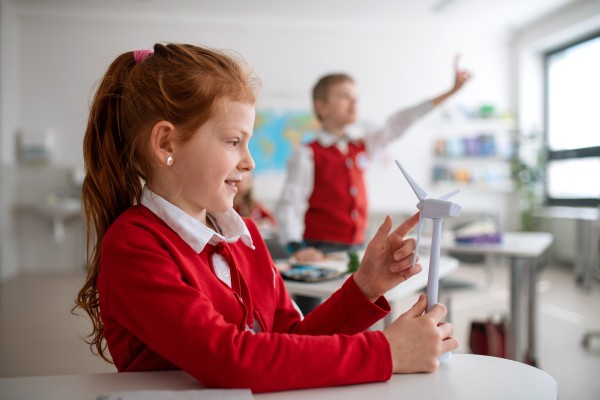
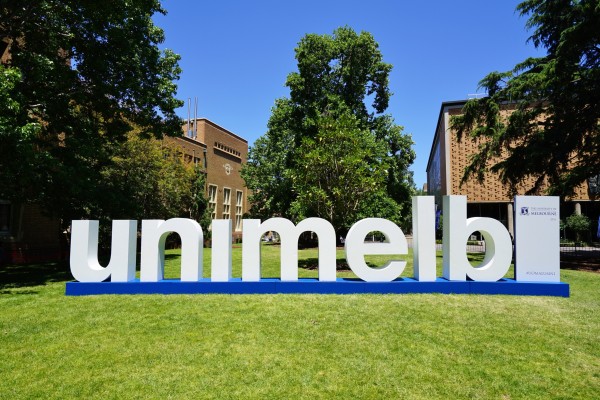
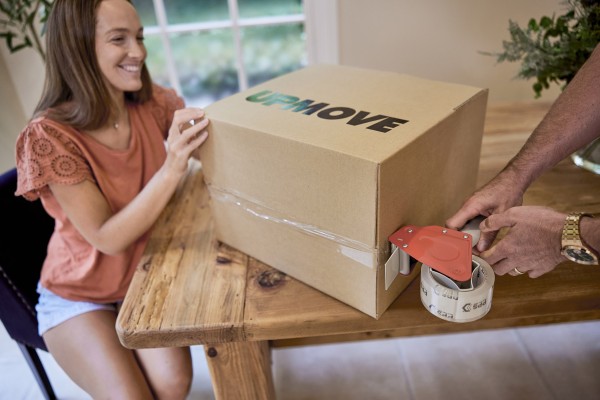
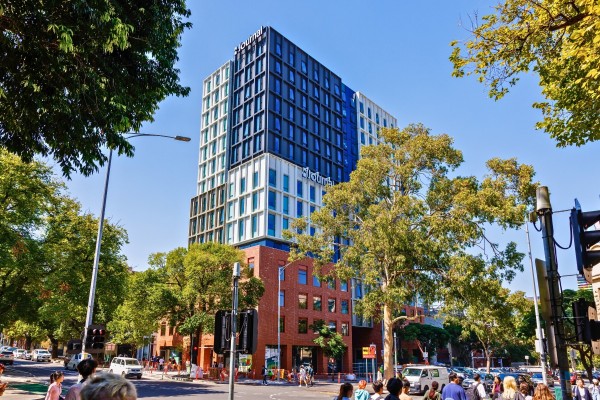
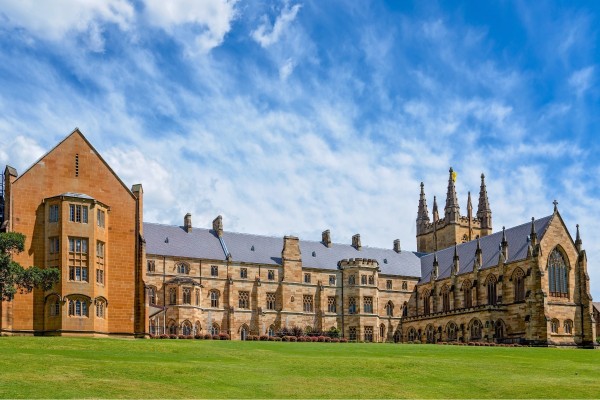
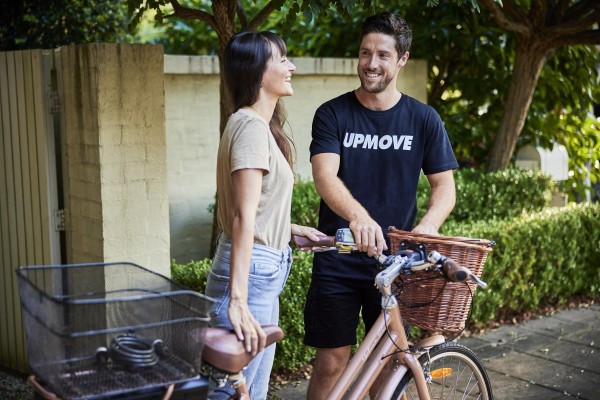


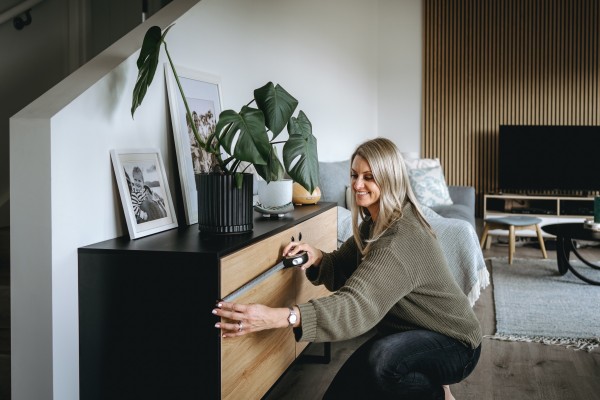
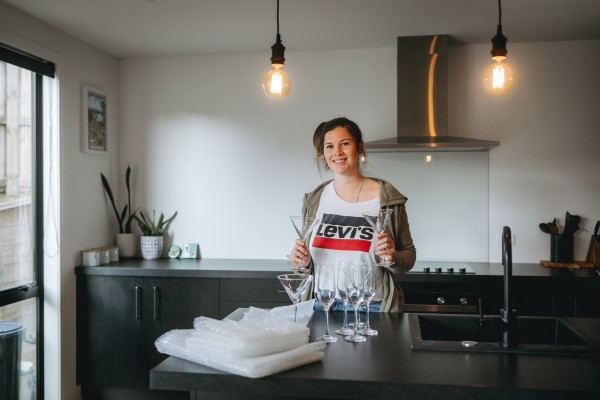
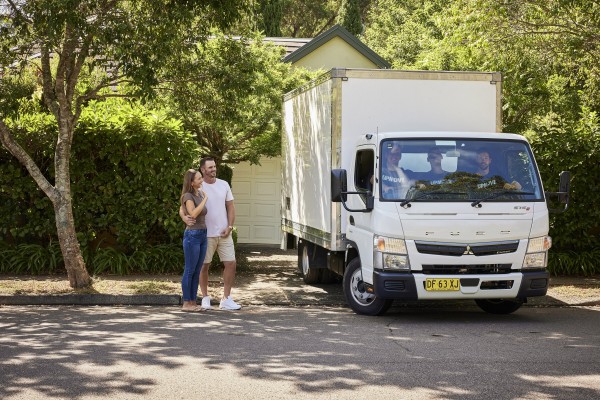
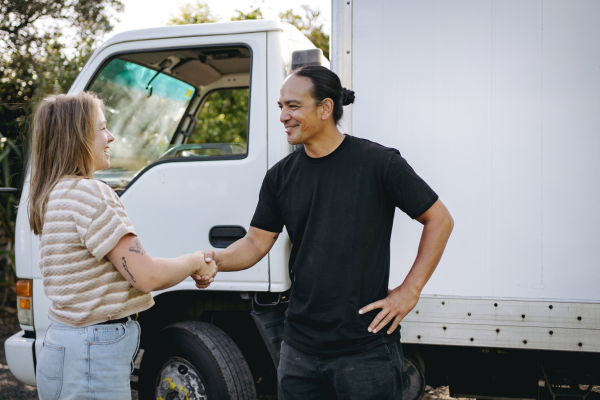

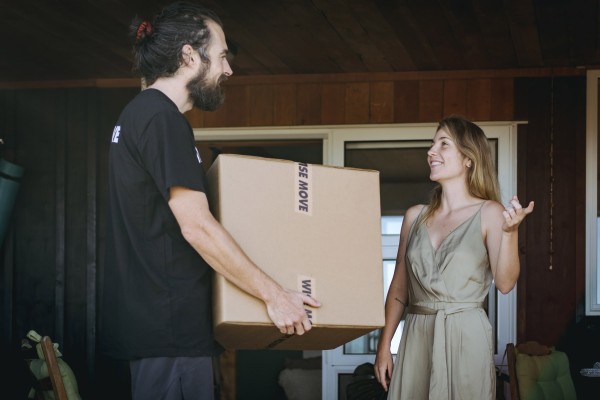

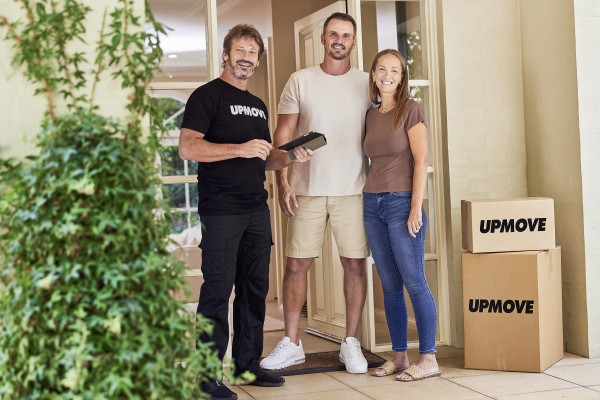

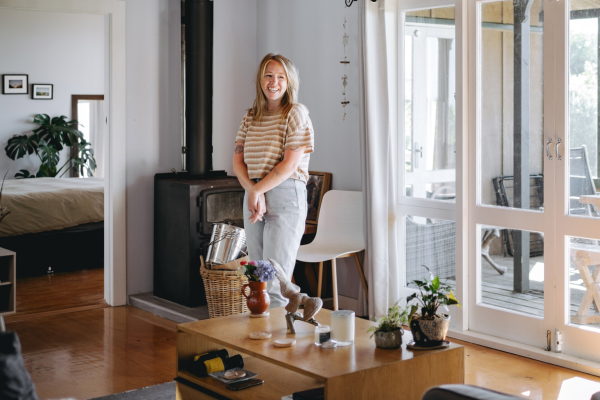
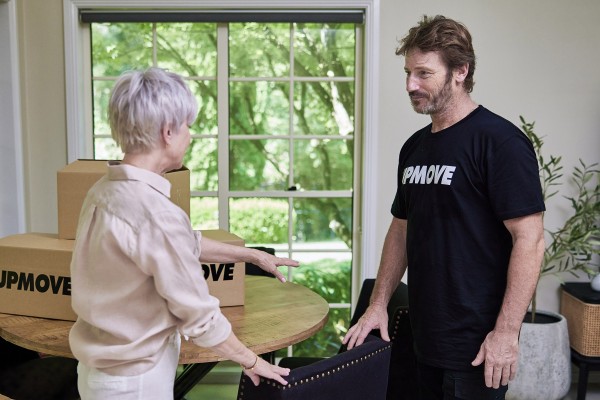
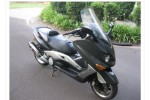

![Electric Bass Guitar Amplifier [90x70x35cm ; 50kgs], Electric Bass Gui... Electric Bass Guitar Amplifier [90x70x35cm ; 50kgs], Electric Bass Gui...](https://cdn.upmove.com.au/image/listing/3526991a6bdc56e645ac1b2a540b126e.jpeg)
